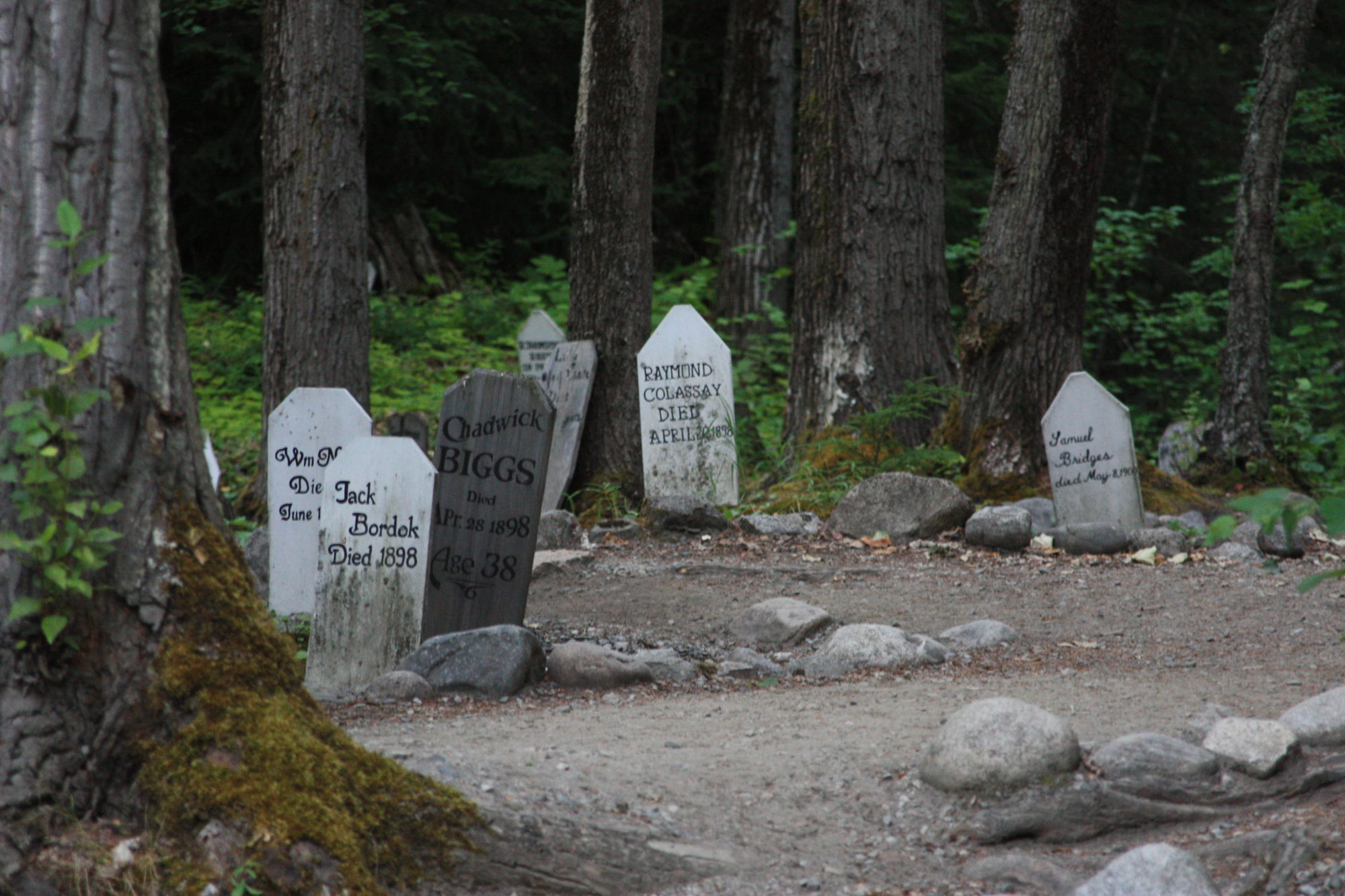
Born on this day, September 22 1879 in North Carolina, Ellen Orr was married to William Burt Batson the town butcher in Skagway. They were here at least from 1910 to 1915 but probably longer. William managed the Frye Bruhn Meat Company.
Ellen Orr Batson died in 1967 in Randall Washington and is buried in the Silver Creek Cemetery there.
There were actually two buildings associated with the Meat Market, one is on 5th, seen above, and this summer was the “Bombay Curry” Restaurant. This was the actual store and is being considered for historic building status, the other is the building on 5th and State. This building, the Frye-Bruhn’s cold storage building, was once used to refrigerate the company’s meat products. It has been recognized as historically significant by the National Park Service, which took ownership of the building in 2004. A contributing element of the Skagway and White Pass National Historic Landmark, this building is also in the process of being nominated to the National Register of Historic Places by the Park Service.
Late breaking news about the restoration of the cold storage building:
a revolver was found in the walls of the building last week, no news on its age, but a photo of it is flying around Skagway. Earlier in the summer one of the archaeologists was impaled in the eye by a flying nail but she is now recovering. Who knows what other evil spirits the building hides?
Alaska Library Archeaology; 1915 directory, family website, Silver Creek Cemetery list, Skagway News, Skagway Museum Record.







